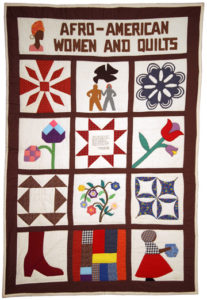200 Stories for Missouri’s Bicentennial, JULY 2021
200 Stories, July 2021
#ShowMeFolk #200Stories #Missouri2021 #Missouri200
In Missouri’s bicentennial year, Missouri Folk Arts will share 200 stories over the course of 52 weeks in 2021 about folk and traditional arts in the Show Me State.
We kicked off July with Story 97 and wrapped up with Story 110.
97 of 200
98 of 200
Cesar Palacios, TAAP master artist: 2003
Cesar Palacios grew up in Calama, Chile and first learned to play music on the guitar; later, he mastered two traditional Andean instruments: the charango (a small stringed instrument) and the zampoña (a flute made of cane pipes). As an adult, Palacios toured extensively including with a musical group called SIKUS, that played at the Missouri State Fair in the late 1990s/early 2000s. During those events, Palacios told us he fell in love with the Midwest and Sedalia.
There, he was actively involved with Amigos de Cristo Iglesia Luterana, an outreach project of St. Paul’s Lutheran Church in Sedalia. Via the project, Palacios taught music lessons to local Hispanic and Latino children who attended after school programs. In 2003, Mr. Palacios taught his apprentice Nestor Montenegro to play the charango in the traditional Andean style the master artist learned as a child.
In the 2013 YouTube video linked here, Palacios plays “La Magia del Charango.”
http://https://www.youtube.com/watch?v=Kmha9Xr1mW4
99 of 200
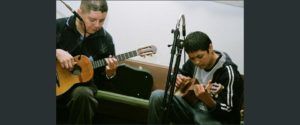
Photo description: Daniel Suarez plays his four-string cuatro at home in Sedalia, during a lesson with his apprentice Raul Martinez in 2008. Photo credit: Deborah A. Bailey
100 of 200
102 of 200
http://https://youtu.be/1jo4b5X3j64
103 of 200
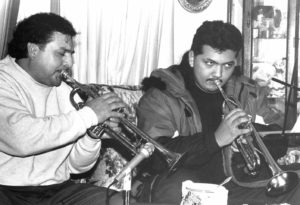
Photo description: In this black and white photo, Beto López (left) and his apprentice, Antonio Sierra, Jr., play trumpets during a lesson at Mr. López’ home in the West side of Kansas City, Mo.. Photo credit: Dana Everts-Boehm, 1993.
103 of 200
Juan Tórrez, TAAP master artist: 1994, 1995
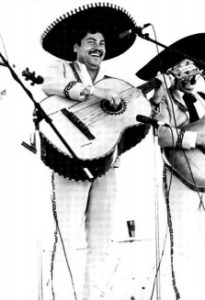
Photo description: Mariachi México guitarrón player and singer Juan Tórrez, playing at the Missouri Heritage fair in St. Louis in 1993. Photo credit: David Whitman, 1993 (from the MFAP archives)
104 of 200
Wes Brown, TAAP master artist: 1989
105 of 200
Quilt Index citation: “Benberry, Cuesta; Ammen, Annette; Mueller, Loi. Afro-American Women and Quilts. 1979. From Michigan State University Museum, Michigan Quilt Project; Michigan State University Museum Collection; Quilts and Human Rights. Published in The Quilt Index, https://quiltindex.org/view/?type=fullrec&kid=12-8-5240. Accessed: 07/14/21“
106 of 200
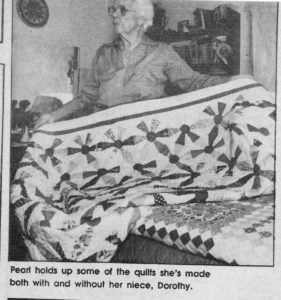
In this scan of a black and white photo from the January 10, 1993 Moberly Monitor, the caption reads: “Pearly holds up some of the quilts she’s made both with and without her niece, Dorothy. Photos by Tim Barcus.
107 of 200
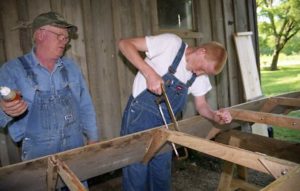
Photo caption: Donald Foerster and his apprentice Nathan Dazey (also of Van Buren) work together on a jonboat at the national park, where visitors could watch as the team transformed wood into the region’s traditional fishing vessel.
108 of 200
109 of 200
110 of 200
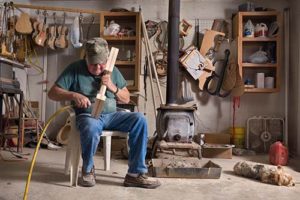
Photo by Rita A. Reed for Work is Art and Art is Work exhibition

